Preparing for my indoor garden.
Sabotagenic
9 years ago
Related Stories

LIFEHow to Prepare for and Live With a Power Outage
When electricity loss puts food, water and heat in jeopardy, don't be in the dark about how to stay as safe and comfortable as possible
Full Story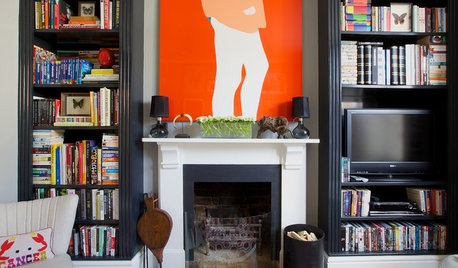
TRAVEL BY DESIGNHow to Prepare Your House for a Home Swap
Trading homes for your vacation? Leave yours in great shape for your guests and help them enjoy a happy break with these 12 tips
Full Story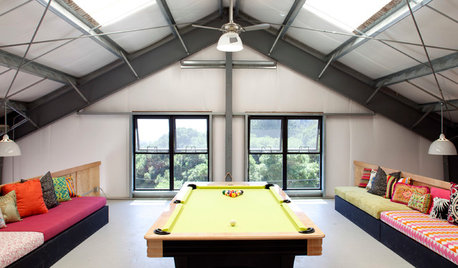
Winterizing: Prepare the House for Snow-Day Activities!
Here's how to set up your home for when you can't play outside
Full Story
HOUSEPLANTSIndoor Winter Gardens for Cheerier Days
Bring plants inside for drab-days mood boosting — not to mention cleaner indoor air and protection for your greenery
Full Story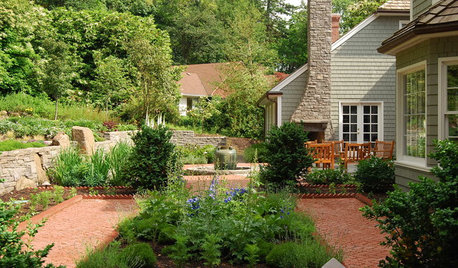
GARDENING AND LANDSCAPINGHerb Gardens for Indoors and Out
Plant a Plot or Steal Some Counterspace for a Fresh Addition to Mealtime
Full Story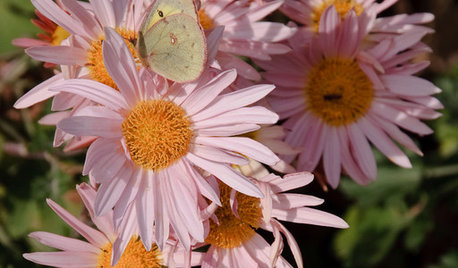
GREAT LAKES GARDENINGGreat Lakes Gardener's November Checklist
So many seed heads and berries to admire as you prepare for winter and prep bulbs for forced indoor blooming
Full Story0
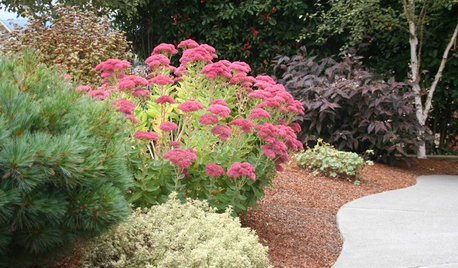
GARDENING GUIDESPacific Northwest Gardener's August Checklist
Deadheading perennials, cutting raspberry canes and preparing for the onion harvest keeps Northwest gardeners busy in August
Full Story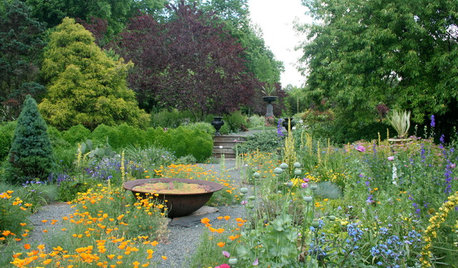
REGIONAL GARDEN GUIDESSoutheast Gardener's February Checklist
Pinch, prune and prepare this month — springtime's riches in the garden will be here before you know it
Full Story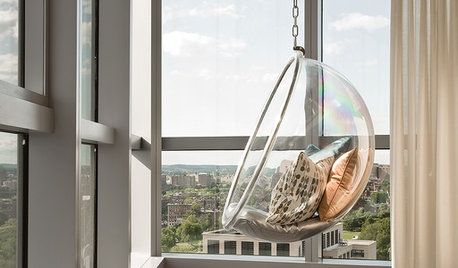
FURNITUREObjects of Desire: Indoor Swings for Flights of Fancy
Prepare for liftoff — and a whole lotta fun — with chairs, benches and hammocks suspended from the ceiling
Full Story
ENTERTAININGBeat Winter's Chill With an Indoor Picnic
Build warm memories with loved ones by bringing lighthearted outdoor dining to your living room
Full StoryMore Discussions







grizzman
Related Professionals
Edmond Landscape Architects & Landscape Designers · Franconia Landscape Architects & Landscape Designers · Mitchellville Landscape Architects & Landscape Designers · Otsego Landscape Architects & Landscape Designers · Saint Matthews Landscape Architects & Landscape Designers · Tomball Landscape Architects & Landscape Designers · Matthews Landscape Contractors · Brownsville Landscape Contractors · Old Saybrook Landscape Contractors · Pueblo West Landscape Contractors · Rosemount Landscape Contractors · Setauket-East Setauket Landscape Contractors · Spring Landscape Contractors · Weymouth Landscape Contractors · Crowley Landscape Contractors